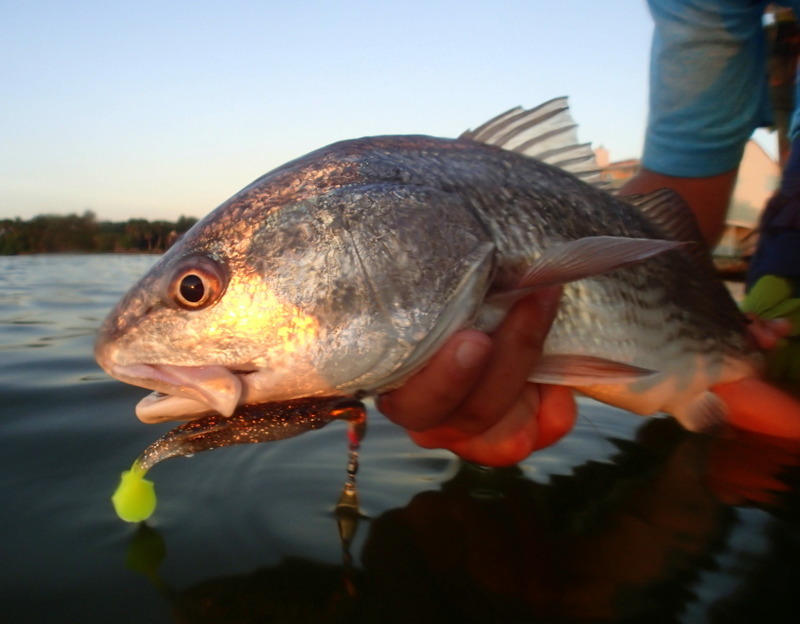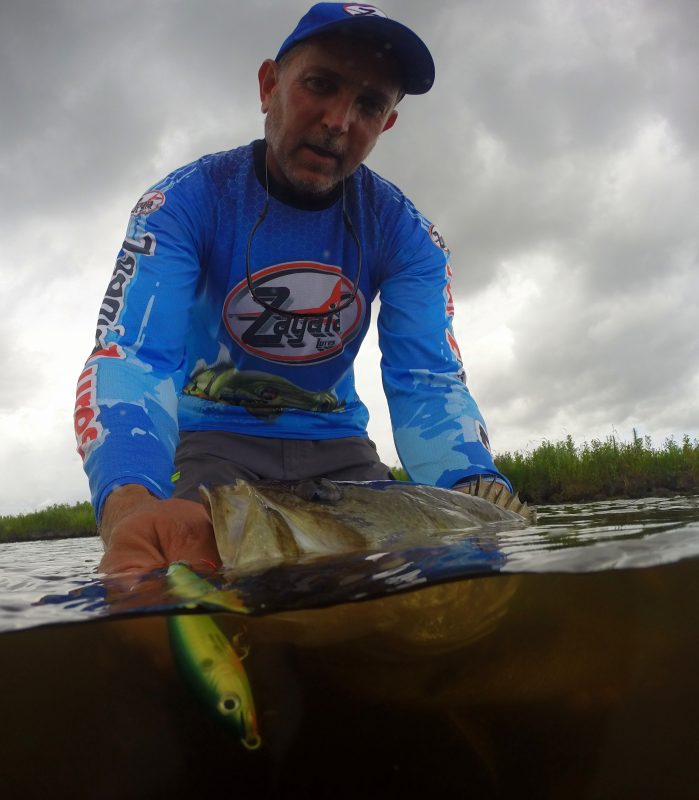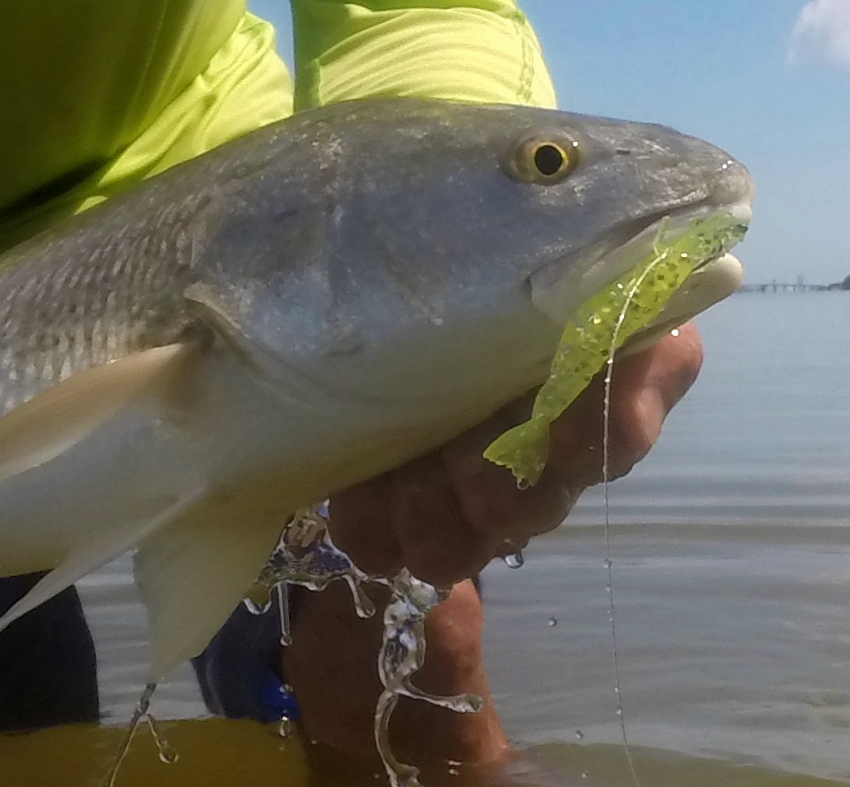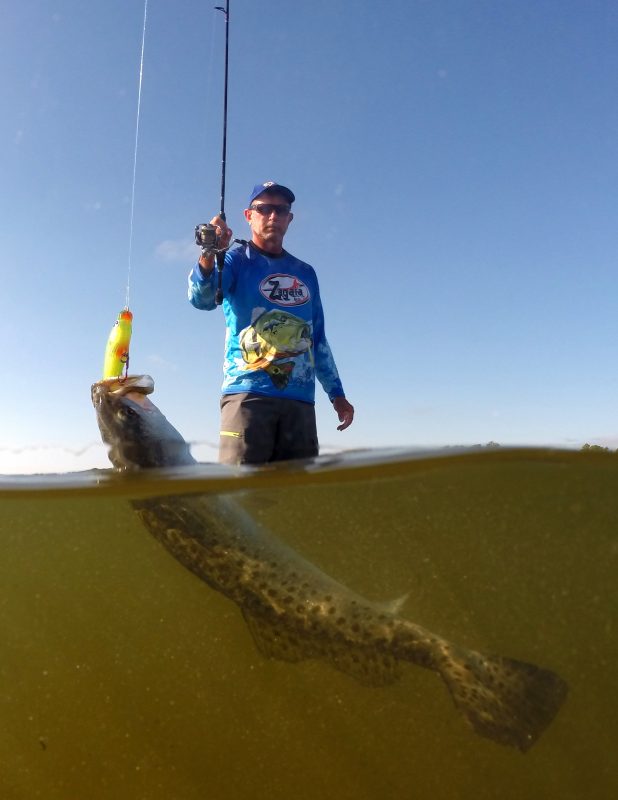Paul MacInnis
I read recently the fashion industry has declared chartreuse the “hot” color for 2017. I say it is about time fashionistas have caught up with fisherman. I’m not saying anglers have any fashion sense when it comes to the clothes we wear, but we have been dressing our lures in chartreuse for years.
The term “chartreuse” can be traced back to 17th century monks from the La Grande-Chartreuse monastery in France. Using a secret recipe, the monks brewed an intoxicating liqueur with an enchanting yellow-green color. Local villagers, enamored by the monk’s brew, called it Chartreuse. Over the years, the term morphed into the name of the color.
Today you’ll find chartreuse used in safety vests for road crews and traffic cops, tennis balls, apparel and footwear for runners and bicyclist, and in fire trucks and ambulances. The reason is the bright yellow-green color really stands out and gets noticed.
Scientist don’t know how fish perceive individual colors, but they know fish can visually detect prey by identifying the contrast of their forage against background colors. When light enters water, colors lose their intensity as light is scattered and absorbed. This attenuation is most pronounced for colors with longer wavelengths like red and orange which can appear gray at a depth of ten feet. The effect is even more apparent in cloudy and dingy water. Bright, fluorescent colors, especially chartreuse, are of a shorter wavelength and maintain their contrast and intensity to greater depths than other colors.
Scan the lure aisles in any tackle store and you will see plenty of chartreuse. I talked to three lure companies to find out how many chartreuse lures they produce. Bass Assassin say about 15% of the lures they sell contain chartreuse. The number for D.O.A. Lures is 20% while TTI Blakemore indicated this color is found on 30% of their Road Runner lures.
I’ll admit I usually use more natural hues for most of my fishing, but there are times when chartreuse is my go to color. When American shad fishing on the St Johns River I’ve learned chartreuse jigs and flies almost always catch more fish than any other color in my tackle box. When fishing bait in the surf I find placing a small chartreuse bead or float next to the hook catches a lot more fish. I’ll also use a chartreuse lure as a change-up. If I’m on a school of fish and the bite slows down, I find switching from natural colors to chartreuse will help eke out a few more bites.
Another important consideration is chartreuse is easier for the angler to see. For this reason I like my popping corks to be chartreuse. I also like chartreuse topwater plugs for surf fishing because they are easier to track among the waves and foam.
I’ll leave you with one last thing. Sometimes my research for an article takes me someplace I wasn’t expecting. Mike Conneen, executive director of Anglers for Conservation told me a root beer swimbait with a chartreuse paddle tail is about all he ever throws. “Root beer with a chartreuse tail is all you need to catch fish in the lagoon,” he claims. Mark Nichols from D.O.A. Lures told me they sell almost twice as much root beer with a chartreuse tail as any other color they produce. I don’t have root beer/chartreuse in my tackle box, but it sounds like I should.
By Paul MacInnis






